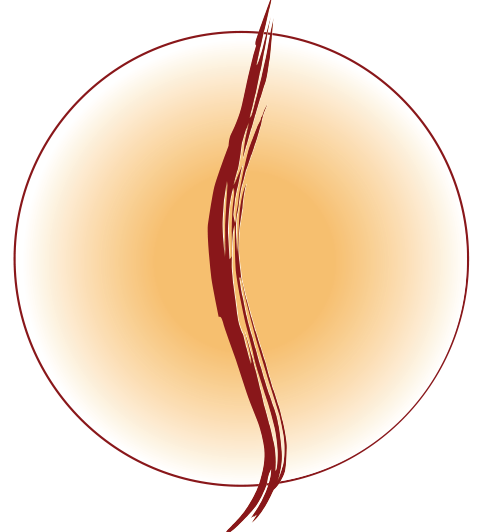CVCAC © 2015-2018 | PRIVACY POLICY
CVCAC News
The Healing Power of
Acupuntcure Points READ MORE

7170 Chagrin Road
Chagrin Falls, OH 44023
CHAGRIN VALLEY CHIROPRACTIC & ACUPUNCTURE CENTER
7170 Chagrin Road
Chagrin Falls, OH 44023

Dr. Ivan Nassif, MS, DC, LAc
(440) 247-5383
Reviving the Spine's
Ability to Function READ MORE

The Healing Power of Acupuncture Points
The original article is written by Dr. Ibn Sina of the Meridian Acupuncture Health Care Center, see the
original link HERE:
The use of acupuncture points has brought relief to many people, whose ailments were unresponsive to other forms of treatment.At first, when acupuncture came to the West it was ridiculed. “How could inserting needles in these points, possibly cure disease?” But now, with advances in scientific investigation, their healing power has received recognition and can be scientifically measured. In the West, acupuncture is one of the mainstream complementary therapies regularly practiced, bringing relief to many.
The number of acupuncture points on the fourteen main channels is around 365, but there are hundreds of ‘extra points’ which are occasionally used.
The most commonly used points are located on the lower legs below the knees and on the arms between the elbows and finger tips.
Acupuncture Points The acupuncturist selects appropriate ones based on a thorough diagnosis of the patient’s energy system. Chosen points may not lie near the site of symptoms. For instance, who would have imagined that some of the most effective ones for migraine are located on the feet!
Acupuncture points may have more than one use and it is the skill of the practitioner to know how and when to use them. They also have interesting names translated from the Chinese language, like ‘Yang Pond’, ‘Assembly of Ancestors’ and ‘Gate of Qi Reserve’. One that amuses me is the last point on the large intesting channel which lies right by the nostrils of the nose. Its name is ‘Welcome Fragrance’ and that gives a new twist to the phrase of having "a bad smell under your nose"!
Needles are inserted, manipulated and then either left in for several minutes or removed almost immediately, depending on the effect desired in the patient’s energy flow.
Most acupuncture needles are incredibly fine, due to which they never draw blood which often surprises people. Due to this fineness, they are barely felt at all. When the needle is inserted to the depth of the energy channel and touches the Qi, there is often a distinctive tingling sensation, sometimes felt along the pathway of the channel.
Most patients remark that the experience of having needles inserted is far better than they imagined. Any fear is soon dispelled after the first treatment. Trained acupuncturists take great care over the sterility of the needles, and most nowadays, use disposable needles.
Other Treatment Techniques With Acupuncture Points
Apart from needling, there is the technique of ‘moxibustion’ which has also been practiced for thousands of years. Here a small cone of ‘moxa’, made from the dried powdered leaves of Artemesia Vulgaris Latiflora, is placed on the point, lit and allowed to smoulder until the patient feels a gentle warm and pleasant sensation. It is then removed and replaced by another. This method warms the Qi, particularly useful for people who feel the cold excessively. It is therefore frequently used in the Winter. Moxa may also be placed around the top of a needle to allow heat to penetrate deep into tissue for pain relief.
Another technique is cupping where vacuum suction within small glass cups is used to disperse localised congestion, such as in asthma, backache and joint pains.
Acupressure is sometimes used on the points, especially on small children instead of needles, or when needles are unavailable. It is not as effective as acupuncture.
The use of acupuncture points within the art of acupuncture, depends on the sensitivity and intuition of the practitioner, who must have a thorough understanding of the science of acupuncture as well as the sensibility to practice it as an art.